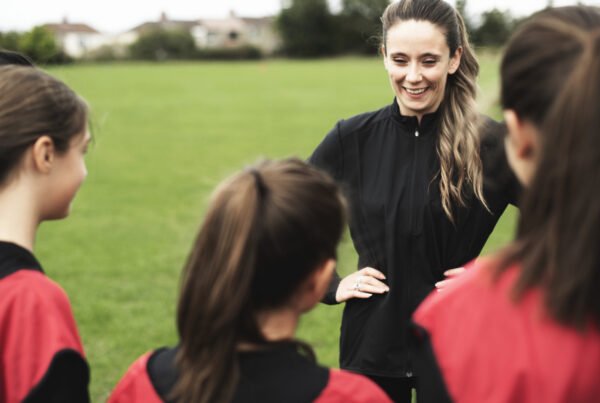Abstract
This report commissioned by the Observatory for Sport in Scotland (OSS) provides a broad overview of the recent trends in sports participation in Scotland. It examines inequalities in participation between age, gender, social class and geography, making the argument that Scotland has become a divided nation between an ‘active’ and ‘inactive’ class. Also provided is an international comparison between Scotland, Denmark and The Netherlands, exploring differences as well as shared problems, challenges and solutions. Looking towards the future, the report models possible future scenarios based on the current trends and raises important questions for stakeholders regarding the shaping of effective policy and practice changes.
Methodology
A combination of quantitative and qualitative techniques were employed to assess the quality of the current evidence base of national statistics. Statistical analysis focused on the Scottish Household Survey (SHS) and the Scottish Health Survey (SHeS) datasets. Qualitative research with stakeholders that took place in early 2018, helping to frame the empirical analysis. The modelling of future scenarios was developed at Sheffield Hallam University based on recent trends regarding particular societal ‘drivers’ related to sport participation, providing ‘optimistic’, ‘pessimistic’ and ‘on trend’ projections.
Key Findings
Despite a series of interventions over the past decade aimed at increasing physical activity, overall levels have remained largely unchanged. There is a gender gap which starts from a young age; at 13 girls are more likely to not participate at all (55%). There is an increasing polarisation between classes, with those living in the most deprived areas much less likely to participate (42%) compared to those in the least deprived areas (65%), as are those who left school with no qualification (26%) compared to those with a degree (68%). Informal and fitness-based activity is going up alongside a parallel decrease in traditional organised sport. The Netherlands and Denmark enjoy far greater participation equality between men and women, as well as a much lower dropout with age compared to Scotland. An overall ‘total model’ highlights the large difference in sport participation between ‘optimistic’ and ‘pessimistic’ projections, from a potential high of 55% to a low of 47% (and an on-trend projection of 51%).
Interpretation
The findings in this report will be of interest to all stakeholders concerned about the future of community sport in Scotland. The large differences between the ‘optimistic’, ‘pessimistic’ and ‘on trend’ projections emphasise the importance of effective intervention as well as raising awareness of the interdependencies sport has with wider and sometimes difficult to predict social, economic and cultural trends. The evidence raises a number of important questions regarding public policy response and informs the start of a process of strategic debate. Public policy must prioritise its focus on addressing inequalities in an increasingly divided nation, targeting those at highest risk of physical inactivity including older people, women and people living in deprived areas. In order to achieve this, important gaps in research evidence need to be filled and made accessible to a wide range of stakeholders and an effective strategic framework must be developed.




